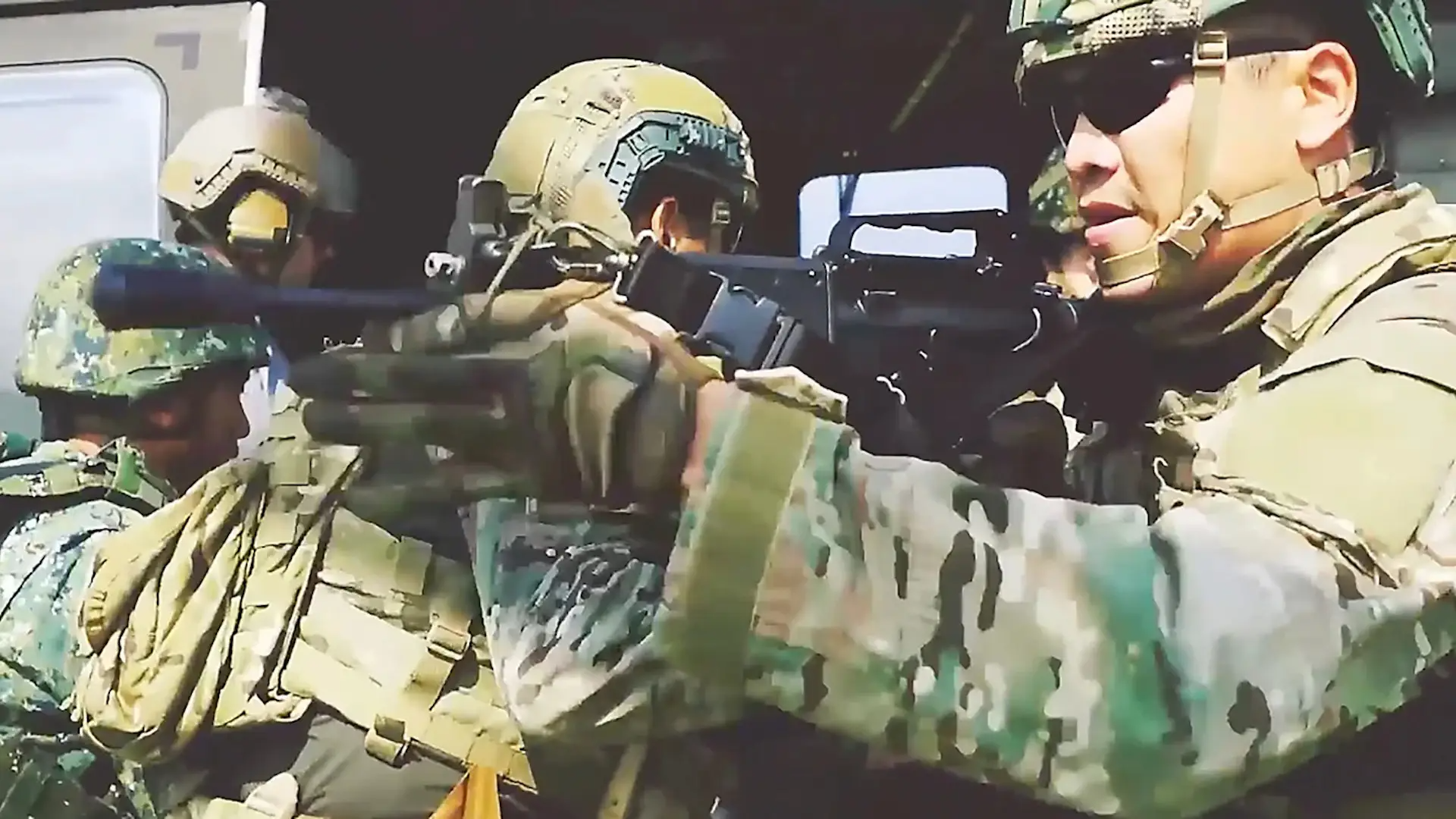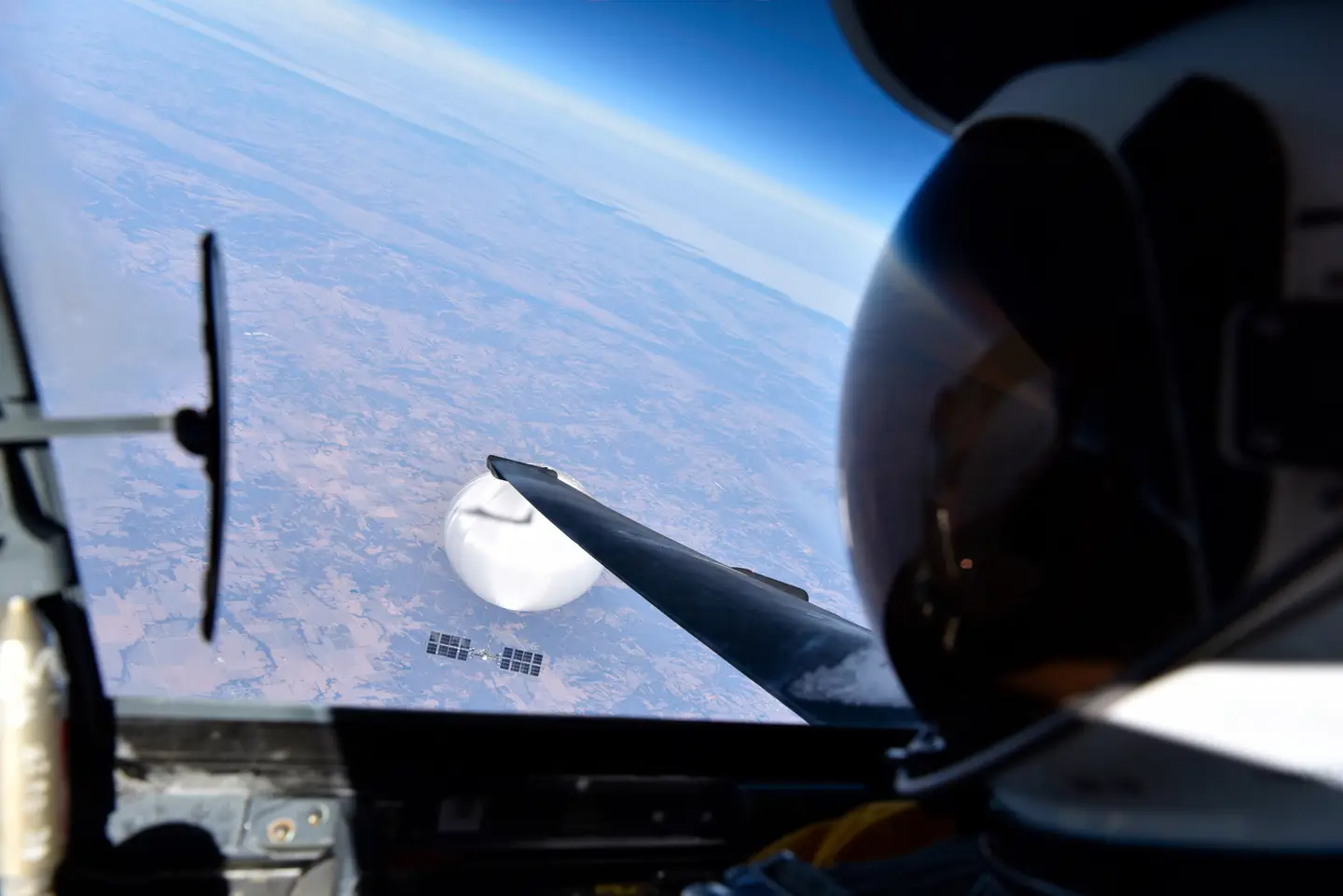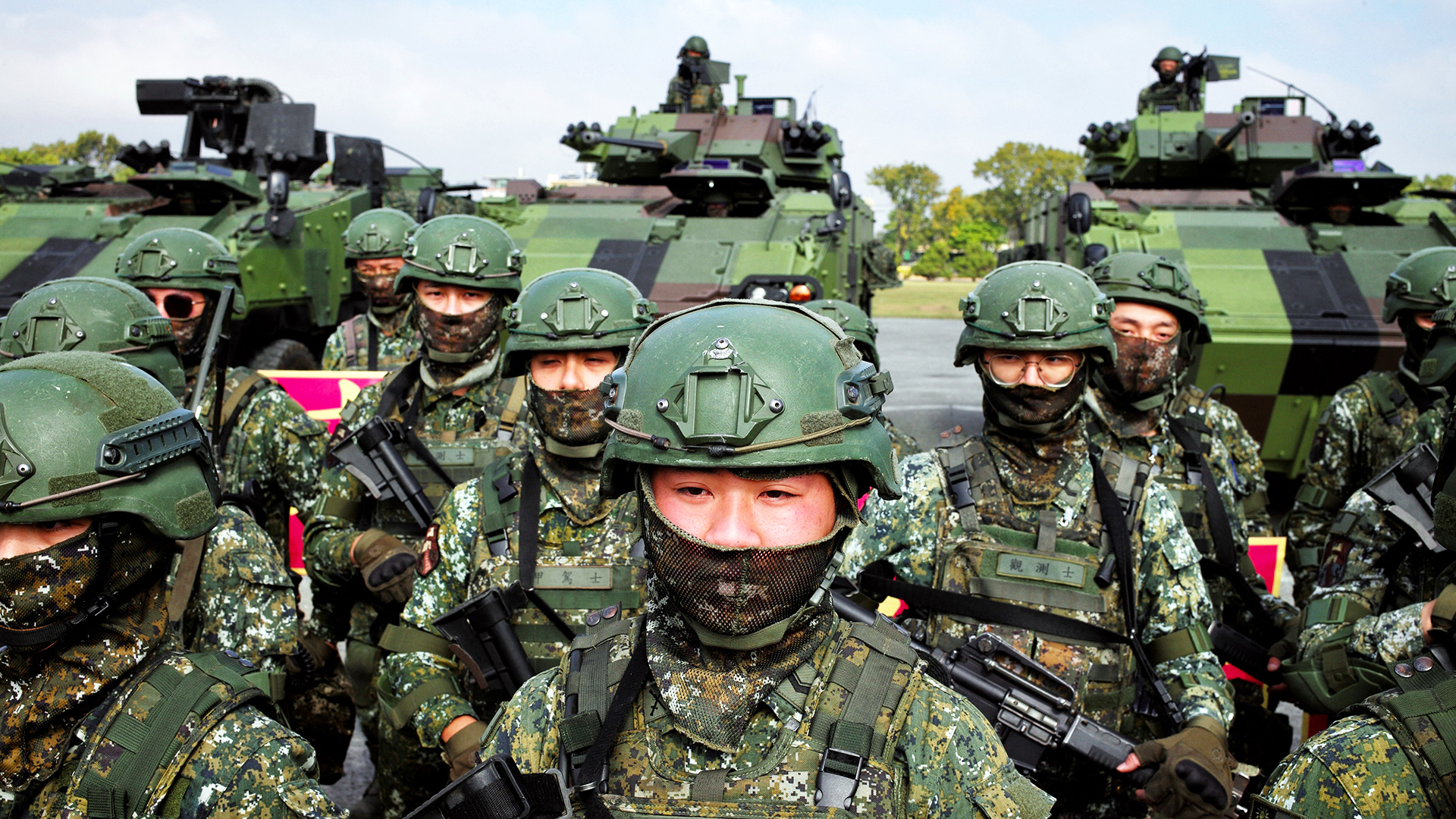A new report says the U.S. military is gearing up to more than quadruple the number of troops it has deployed to Taiwan in the coming months. At the same time, Taiwan is reportedly aiming to send around 500 of its own soldiers to the U.S. later this year, which would be a significant increase over its previous rotations. Both deployments would be focused on bolstering the training of Taiwan’s military and come at a time of increased friction between the U.S. and China.
A Wall Street Journal (WSJ) article revealed that in the coming months, the U.S. military will be significantly increasing the number of troops it currently has stationed in Taiwan. In the past, this has included special operations forces, like the Green Berets and Marines. The WSJ states that the amount of American personnel currently planned to be deployed to Taiwan will be between 100 and 200.

The article went on to explain that the increase in U.S. troops will expand upon an ongoing training program for the ROC Armed Forces that the Pentagon has tried to keep under wraps to avoid provoking Beijing. “The planned increase would be the largest deployment of forces in decades by the U.S. on Taiwan, as the two draw closer to counter China’s growing military power,” the article stated.
The additional U.S. troops will help train the ROC Armed Forces on American weapon systems as well as familiarize them with U.S. military tactics and maneuvers. The officials speaking to WSJ didn’t provide many details beyond that, like where exactly in Taiwan the exercises will occur or whether personnel are going to be permanently deployed or sent solely for the duration of the training program.
If the U.S. troops are going to be deployed to Taiwan permanently, it would be a notable increase over the 39 American personnel stationed there as of September last year. The U.S. Defense Manpower Data Center detailed that this number included 23 active duty troops from all four branches of the military.
On the other side of the exchange, Taiwan’s Central News Agency (CNA), citing unnamed military experts and sources familiar with the matter, reported that the country’s Republic of China (ROC) Armed Forces are planning to send a combined arms battalion to the U.S. for training in the second half of this year.
“This marks the first time troops at battalion level, typically consisting of around 500 soldiers, will travel to the U.S. for training rather than platoon (25-60 troops) or company (80-150) level as in the past,” the CNA article read.
Also referred to as a joint battalion, the unit will reportedly be comprised of soldiers from the ROC Army’s 333rd Mechanized Infantry Brigade and 542nd Armor Brigade. While troops from these brigades will comprise the majority of the battalion, CNA explained that the teams will also consist of liaison officers from infantry, armor, Navy, Air Force, and Army aviation units along with special operators. In 2019, Taiwan began the process of restructuring its combined arms battalions in an effort to operate more independently in a fight, purportedly at the advisement of the U.S.

Even though the ROC Army neglected to confirm or deny the details of the reported deployment to the U.S. to CNA, the service did tell the outlet that “all military exchange programs with foreign countries are handled according to pre-determined plans.”
Specifically where in the U.S. the Taiwanese troops would train is also unclear. As WSJ notes, the Michigan National Guard is currently training a detachment of the ROC Armed Forces at Camp Grayling in the state’s northern region. Luke Air Force Base in Arizona is also known to host a training squadron of F-16 fighters from Taiwan.

Regardless of location, the training exchange comes as top U.S. military officials are becoming increasingly open about how China, which sees Taiwan as a rogue extension of the country, could potentially invade the island in the relatively near future. These predictions have additionally come with pushes to begin better preparing for this possibility through a number of means, be it increasing military training or ramping up weapons production.
Nikkei Asia, a financial news outlet based in Japan, last October reported that talks of joint weapons production between the two countries had begun, with the goal of either providing Taiwan with the technology needed to produce more arms locally or manufacturing the weapons in the U.S. using Taiwanese parts.
Taiwan is already a customer of U.S.-produced weapons systems like High Mobility Artillery Rocket Systems (HIMARS), guided M30 rockets, Stinger man-portable air-defense systems (MANPADS), and Javelin anti-armor missiles. However, the military aid that the U.S. has been funneling into the war effort in Ukraine has slowed or outright halted delivery timelines of these weapons to Taiwan, prompting the proposed joint weapons production.

Much of the growing collaboration between the U.S. and Taiwan stems from the Taiwan Policy Act, which was overwhelmingly approved by the Senate Foreign Relations Committee last September and seeks to encourage diplomatic relations between the two countries. The bill would allocate $6.5 million in foreign military assistance to Taiwan and supports the establishment of joint task forces and joint training programs with the U.S. to more comprehensively address the instability in the Indo-Pacific.
The legislation echoes calls for increasing open cooperation with Taiwan in an effort to better determine how the U.S. could best support the island’s military. Historically, the U.S. government has had a somewhat ambiguous public policy in this respect, with the general understanding being that Washington still adheres to the ‘one China’ policy.
“To this day, the U.S. ‘one China’ position stands: the United States recognizes the [People’s Republic of China] as the sole legal government of China but only acknowledges the Chinese position that Taiwan is part of China,” read an article published by the Center for Strategic and International Studies. “Thus, the United States maintains formal relations with the PRC and has unofficial relations with Taiwan.”

Debates on this stance have burgeoned in recent years, especially following multiple comments made by U.S. President Joe Biden insisting that Washington would get involved in the event of a Chinese invasion of Taiwan. White House members later walked his comments back, saying that the U.S. continues to stand behind the one China policy and won’t move away from it unless an official policy change is implemented.
Despite these contradictions, the sending of an increased number of U.S. troops to Taiwan would at the very least be an outward display of cooperation between the countries, which in itself is significant. While this could certainly draw the ire of China, achieving this level of diplomacy and military support is something that even Taiwan’s President Tsai Ing-wen herself has vowed to do.
Relations between Taipei, Beijing, and Washington have been especially tense as of late due to a number of contributing factors. Whether it be territory disputes over Taiwan and the South China Sea, balloon incursions, or China’s own rapid fielding and heavy investment in high-end military technologies and weapon systems, the Pentagon says it is taking the necessary measures to avoid inflaming the situation further while ensuring Taiwan is capable of defending itself.

“One of the difficult things to determine is what really is objectionable to China,” a U.S. official told WSJ. “We don’t think at the levels that we’re engaged in and are likely to remain engaged in the near future that we are anywhere close to a tipping point for China, but that’s a question that is constantly being evaluated and looked at specifically with every decision involving support to Taiwan.”
An increased U.S. presence in Taiwan, paired with Taiwan’s own reportedly record-breaking deployment of its troops in exchange, underscores the expanding strategic partnership between the countries. How it may be interpreted by China remains to be seen, but it is clear that the U.S. intends to increase its military support of the island nation.
Contact the author: emma@thewarzone.com
